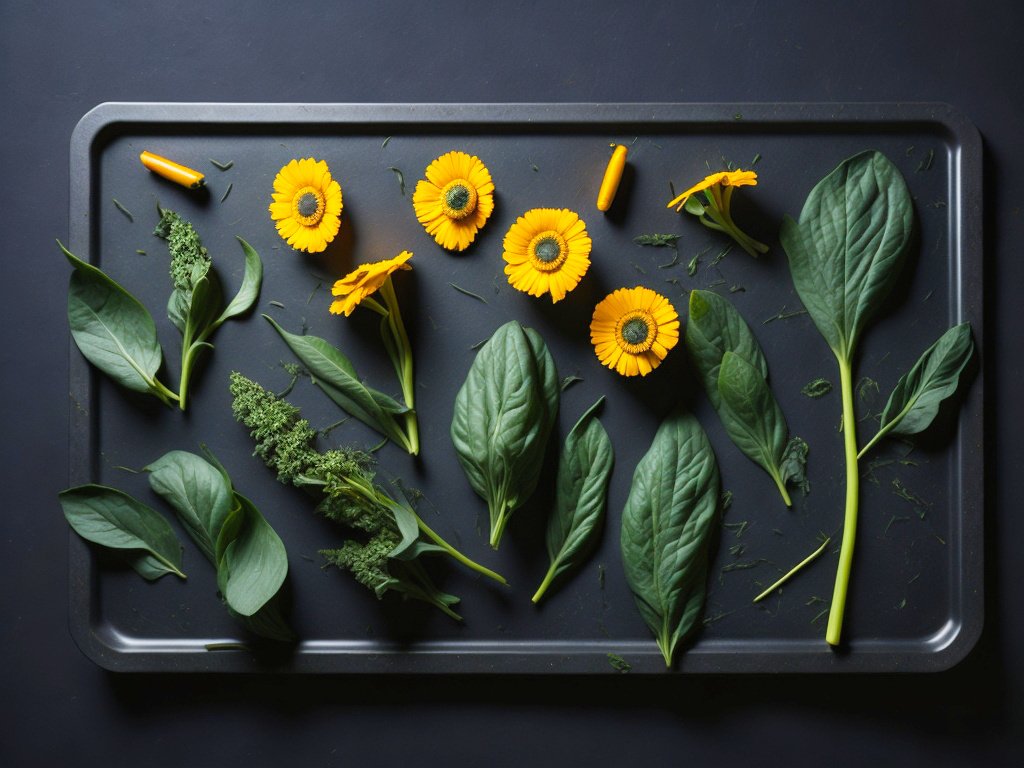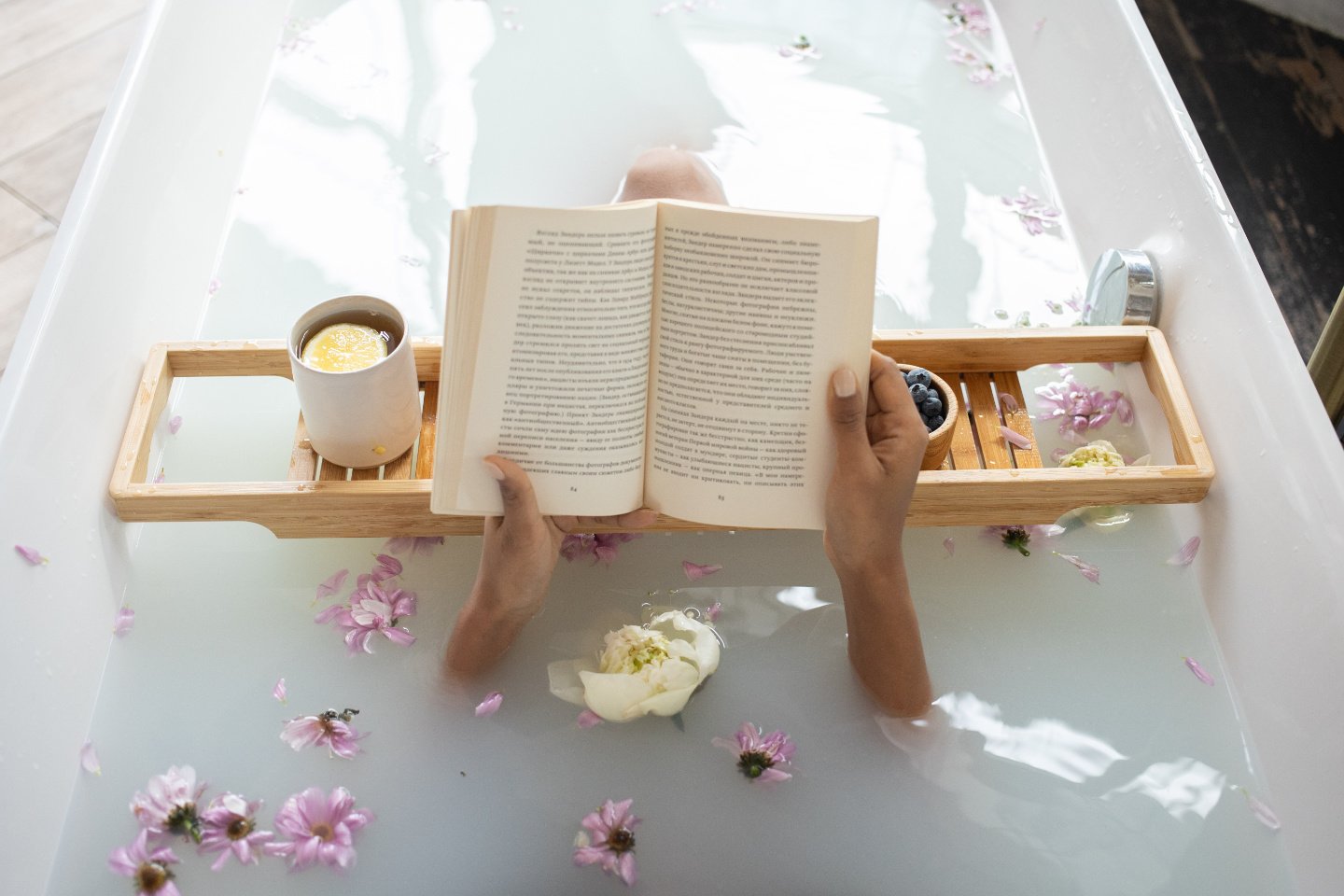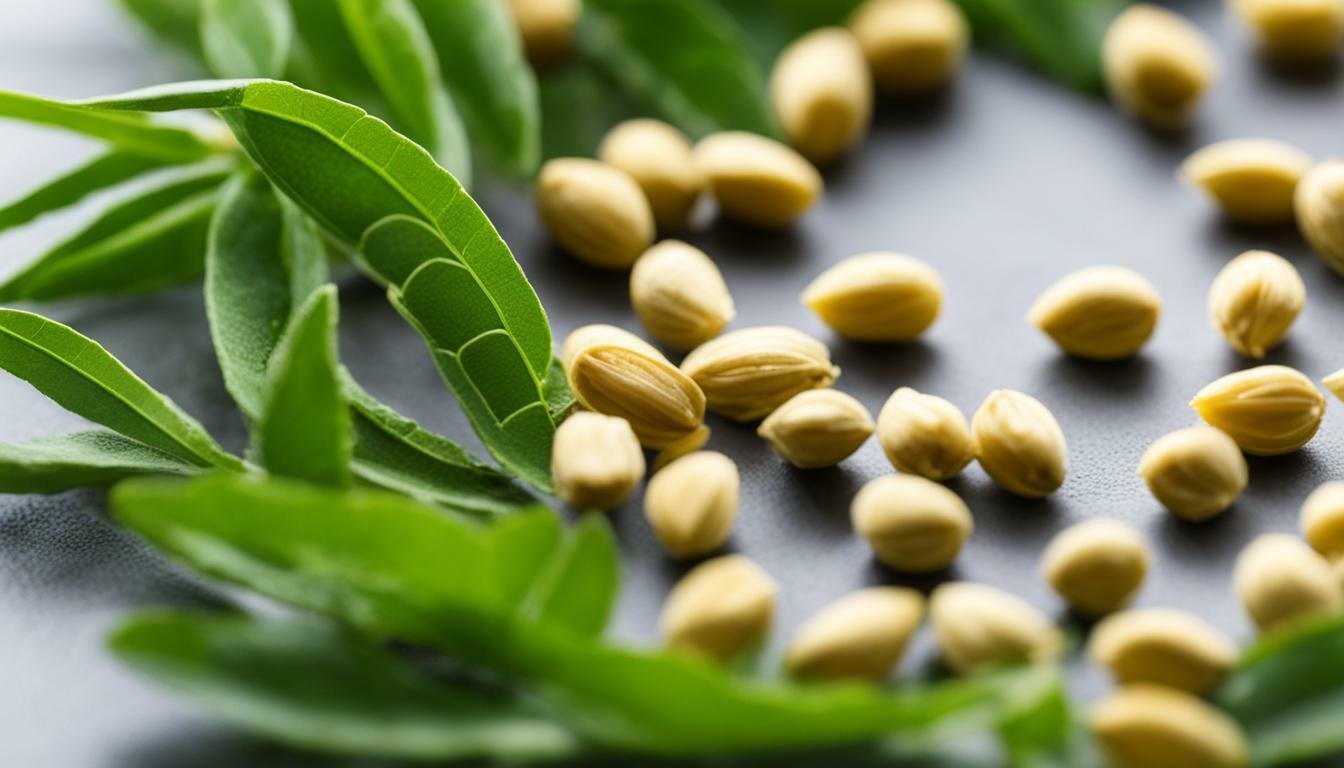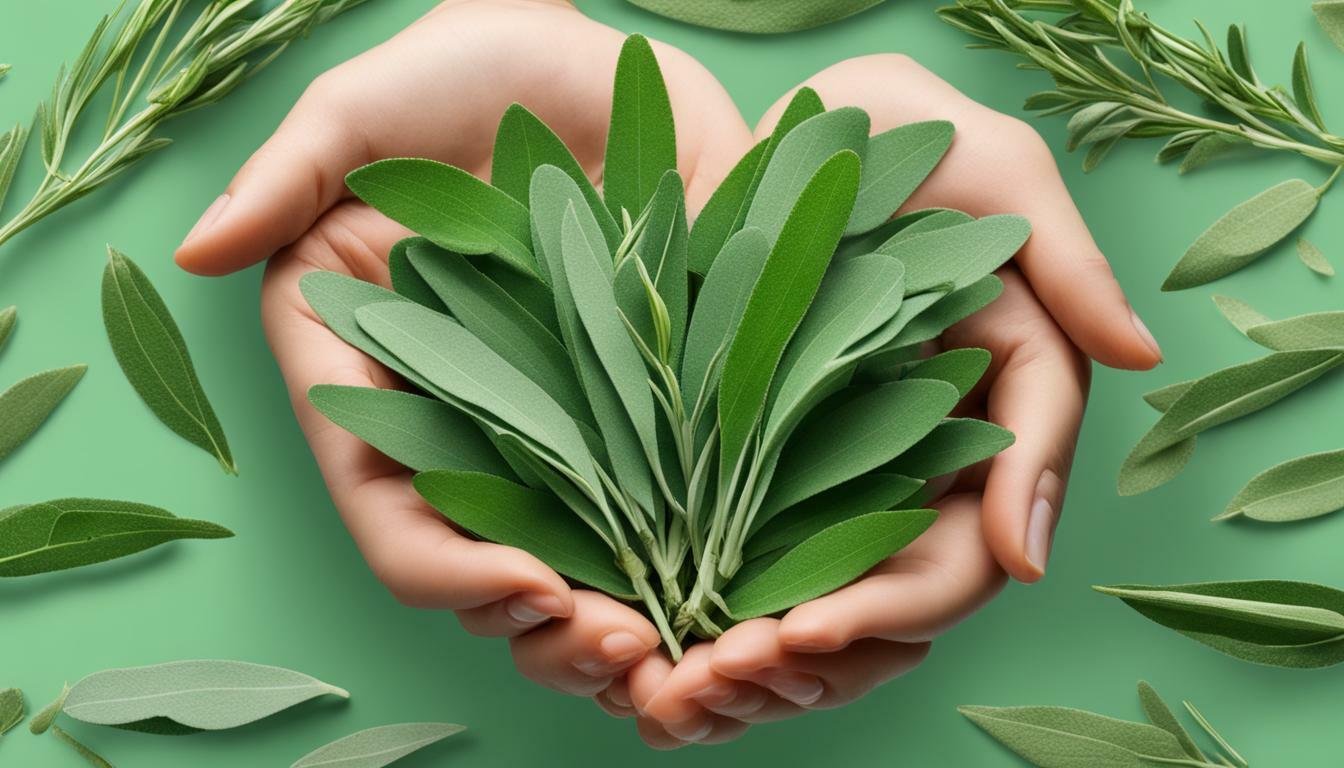Herbal Compresses: A Comprehensive Guide to Their Medicinal Uses
Herbal medicine has been used for centuries across many cultures to address a wide range of health concerns. One of the simplest ways to use the power of medicinal plants is through herbal compresses. Also known as herbal poultices, these therapeutic preparations are made by infusing herbs and applying them topically. In this comprehensive guide, we’ll explore what herbal compresses are, their many benefits, how to prepare and use them safely and effectively, and specific recipes for harnessing their natural healing abilities. Read on to learn how these traditional remedies can be easily made at home to provide gentle, localized plant medicine right where it’s needed.
Key Points:
- Herbal compresses provide a direct, localized way to absorb the beneficial compounds of herbs through the skin instead of needing to take them internally.
- Making herbal compresses at home is very simple and uses inexpensive, commonly available ingredients like herbs, cloth, and hot water.
- Compresses can be a good alternative to ingesting herbal teas or tinctures for those who want to avoid digestion or possible side effects.
- Herbal compresses can offer targeted relief for many conditions including pain, inflammation, headaches, stress, insomnia, wounds, nerve pain, and more.
- Proper preparation of the herbs as well as safe application procedures are important to use compresses effectively and avoid potential skin irritation.
What are herbal compresses?
Herbal compresses, also referred to as herbal poultices, are therapeutic preparations made from herbs that are applied externally to provide concentrated plant medicine through the skin. They involve taking soft, pliable plant material like leaves, flowers, or roots and soaking them in an herbal tea or infusion to create a moist pack. This medicated moist plant material is then wrapped in a natural cloth and placed directly onto the body, usually on specific areas needing treatment.
The moist heat and therapeutic compounds from the herbs are absorbed through the pores of the skin to provide medicinal effects to underlying tissues and organs. Herbal compresses allow for deep, localized treatment using the healing properties of plants.
Benefits of using herbal compresses for medicinal purposes
Using herbal compresses offers a variety of advantages compared to ingesting herbal teas or tinctures:
- The herbs are absorbed directly through the skin right where they are needed instead of being filtered through the digestive system. This allows for targeted treatment.
- Compresses avoid possible side effects that can occasionally occur from taking herbs internally.
- They provide an inexpensive, mess-free way to harness the healing power of plants at home.
- Herbal compresses give localized pain relief, relaxation, wound healing, and other benefits.
- They prevent the breakdown of active compounds in the digestive tract. More of the herbs’ medicinal constituents are delivered intact.
- Compresses gently but deeply transmit the therapeutic benefits of herbs without needing to ingest them.
How to choose the right herbs for herbal compresses
Selecting the appropriate herbs for your compress is key to getting the desired medicinal effects. Soothing herbs like chamomile, lavender, oats, marshmallow root, and plantain are gentle and can be used for general therapeutic purposes. Other herbs like comfrey, calendula, peppermint, and ginger provide more targeted relief. Always research herb properties to match the right ones to your health condition. Consulting an herbalist can ensure the best and safest choices.
How to prepare herbal compresses
To prepare herbs for compresses, they should be freshly chopped, grated, crushed or ground to break down plant cell walls and release their beneficial compounds. The plant material is then steeped in hot water for at least 20-30 minutes; a longer infusion is ideal to fully extract medicinal constituents. Strain the infusion, then soak your chosen cloth in it thoroughly before applying. Proper preparation helps maximize the potency of the herbs’ healing compounds in the final compress.
Basic Steps for Using Herbal Compresses
The process for applying an herbal compress follows these general guidelines:
- Make a strong herbal tea by steeping 2-4 tablespoons of dried herbs or 4-8 tablespoons fresh per cup of boiled water for at least 30 minutes. Strain well.
- Soak your chosen natural cloth, like cotton muslin or flannel, in the medicinal infusion until saturated but not dripping.
- Wring out any excess liquid so the compress is moist but not over-saturated.
- Apply the herbal cloth directly to the affected skin area. Ensure it completely covers the area needing treatment.
- Wrap the compress with an insulating cloth like a towel to retain beneficial warmth in the tissues.
- Leave the compress on for 30-60 minutes, re-moistening with infusion if it starts to dry out.
- When finished, gently rinse off the area and pat skin dry.
Following proper compress procedures helps maximize therapeutic benefits while preventing irritation or other adverse effects. Always monitor your skin’s response closely.
Recipes for Herbal Compresses for Medicinal Purposes
Herbal compresses can be customized with ingredients targeted to address different health complaints:
Calendula Compress for Pain and Inflammation
Calendula’s anti-inflammatory properties help treat sprains, joint pain, rashes, burns and other inflammatory issues. It helps speed healing.
| Ingredients | Amount |
|---|---|
| Dried calendula flowers | 2 tablespoons |
| Boiling water | 1 cup |
| Cotton cloth | Enough to cover area |
- Steep the calendula in boiling water for 45 minutes.
- Soak cloth in strained infusion.
- Apply to affected area for 30-60 mins.
Chamomile Compress for Relaxation and Sleep
Chamomile’s mild sedative properties relieve anxiety, stress and insomnia. Use this compress to promote relaxation.
| Ingredients | Amount |
|---|---|
| Dried chamomile flowers | 2 tablespoons |
| Hot water | 1 cup |
| Muslin cloth | Enough to cover area |
- Steep the chamomile for 30 minutes.
- Soak cloth in infusion.
- Apply to wrists, neck, shoulders or forehead.
Comfrey Compress for Wound Healing
Comfrey contains allantoin which aids cell regeneration and wound healing. Use over bruises, sprains, swelling.
| Ingredients | Amount |
|---|---|
| Dried comfrey leaf | 2 tablespoons |
| Boiling water | 1 cup |
| Cotton flannel | Enough to cover area |
- Infuse comfrey for 30 mins.
- Soak cloth in infusion.
- Apply compress to injured/damaged areas.
Lavender Compress for Headaches and Migraines
Lavender’s analgesic and sedative properties relieve different types of headaches.
| Ingredients | Amount |
|---|---|
| Dried lavender buds | 2 tablespoons |
| Hot water | 1 cup |
| Cotton cloth | Enough to cover area |
-
- Steep lavender for 20-30 minutes.
- Soak cloth in infusion.
- Apply compress to forehead, temples, neck.
St. John’s Wort Compress for Nerve Pain
St. John’s wort contains anti-inflammatory compounds that relieve nerve pain when applied topically.
| Ingredients | Amount |
|---|---|
| Dried St. John’s wort flowers | 2 tablespoons |
| Boiling water | 1 cup |
| Muslin cloth | Enough to cover area |
- Infuse St. John’s wort for 45 minutes.
- Soak cloth in infusion.
- Apply compress to affected nerve areas.
Monitor skin for any irritation and discontinue use if needed.
Tips for Using Herbal Compresses Safely and Effectively
- Always do a skin patch test before wide application to check for allergic reactions.
- Start with gentle herbs like chamomile and lavender if you have sensitive skin.
- Use a small amount of dried herbs in the infusion – 2-4 tablespoons per cup of water.
- Soak the cloth compress thoroughly but not dripping wet. You want it moist but not soaked.
- Apply compresses for 30-60 minutes at a time. Re-moisten if needed.
- Insulate the compress area with a dry cloth wrap to retain warmth.
- Rinse skin after removing the compress and pat dry gently.
- Never apply compresses over open wounds, rashes, or damaged skin.
- Do not use compresses on infants or young children.
- Discontinue use if skin becomes irritated or unusual reactions occur.
- Consult your doctor before use if pregnant or nursing.
Using proper procedures and safety precautions makes herbal compresses a safe, effective home remedy for many conditions. Always monitor your body’s response closely.
Conclusion
Herbal compresses are a simple yet powerful way to utilize the medicinal properties of plants for therapeutic benefit. A moist herbal cloth applied topically allows for direct absorption of active compounds from herbs to treat localized issues.
Compresses provide advantages over ingesting herbal remedies internally, including avoiding digestion and side effects. When prepared properly, they maximize the extraction of key phytochemicals. Herbs can be chosen to address specific health concerns from relaxation to pain relief to wound healing.
Follow basic steps to infuse your herbs into a tea, soak your cloth, and apply the moist compress to the target area for 30-60 minutes. Wrap to insulate and retain beneficial warmth. Keep safety tips in mind and monitor your skin’s response closely.
With some high quality herbs, a bit of cloth, and proper procedures, herbal compresses are an easy, affordable DIY remedy to have in your natural health toolkit. They allow you to harness the concentrated power of healing plants right where you need them most.
FAQ
What are the best herbs to use in herbal compresses?
Some of the top herbs are chamomile, lavender, calendula, comfrey, peppermint, lemon balm, St John’s wort, plantain, rosemary, and ginger. Choose herbs suitable for your condition.
Can I reuse an herbal compress?
It’s best to make a fresh compress each time to ensure potency of the herbs. Reusing may transfer dirt or bacteria.
How often can herbal compresses be used?
For acute conditions, use a compress 1-3 times daily as needed. For maintenance, 2-3 times per week is sufficient. Avoid overuse.
How long do compresses last when stored?
It’s best to make compresses as needed. Infusions only keep for a day or two refrigerated. Dried herbs lasts for months.
Is it okay to apply compresses overnight?
It’s usually recommended to use compresses for 30-60 minutes at a time. Overnight application increases risk of skin irritation.
Can essential oils be added to compresses?
Yes, but only use 1-2 drops of essential oil per cup of infusion. Essential oils can be irritating.
What if my skin gets irritated from a compress?
Discontinue use immediately if irritation occurs. Apply a cold compress and hydrocortisone cream. Seek medical help if needed.
Are compresses safe while pregnant or nursing?
Consult your doctor first. Some herbs are unsafe during pregnancy/nursing. Use gentle herbs like oats, lavender, lemon balm.




